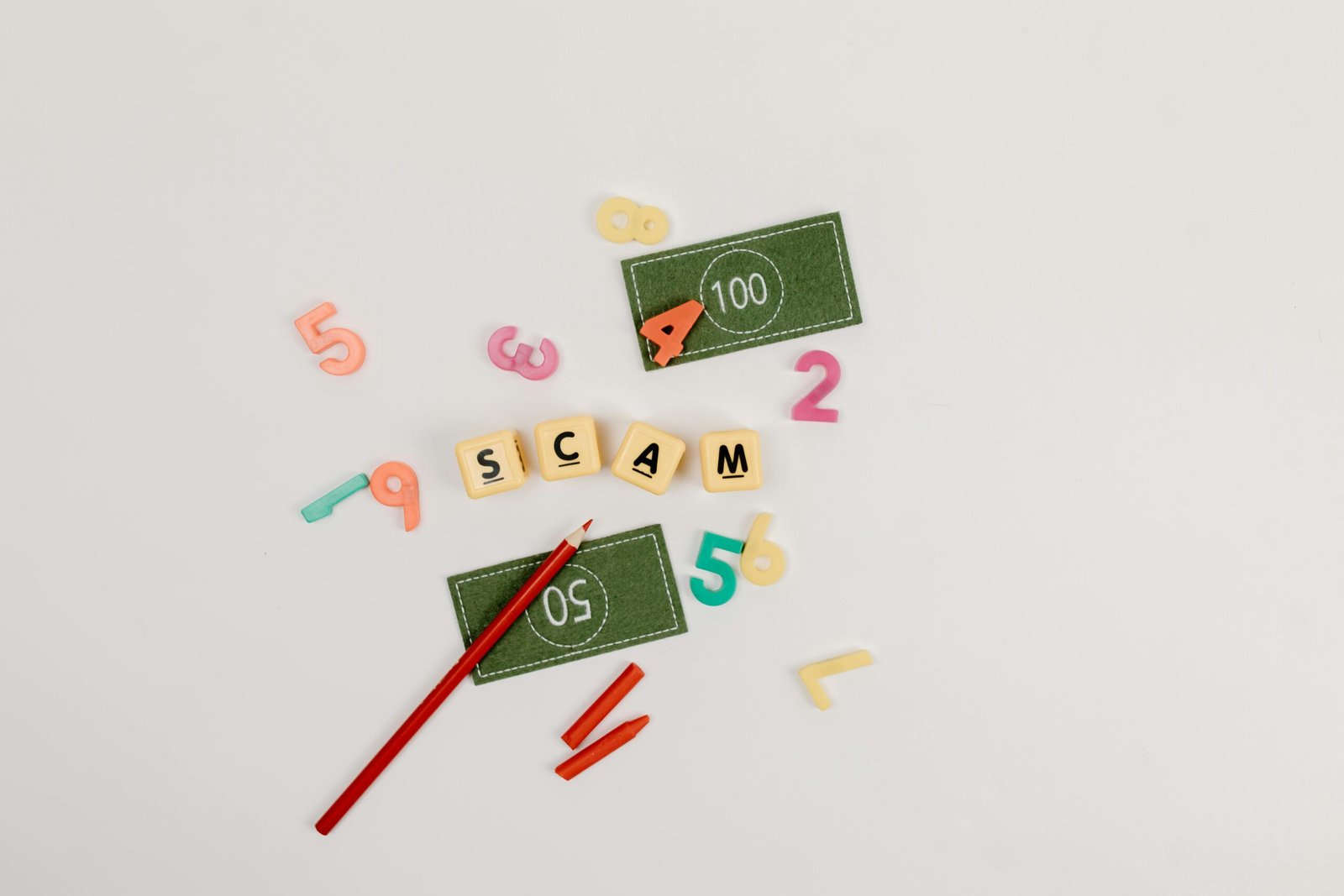Ever wondered why 60% of young adults struggle with financial decision-making? It’s not because they lack money—it’s because they’re missing the financial literacy tools to protect what they earn. If you’re a parent, educator, or even a forward-thinking teen ready to take charge of your future, it’s time to get real about Financial Literacy Risk Assessments and how they can save (yes, literally) the day for youth savings accounts.
This guide will walk you through understanding risk assessments, navigating the pitfalls of youth finance, and using actionable tips to grow smarter savers. You’ll also get examples of real-world wins and answers to FAQs that everyone’s secretly Googling. Let’s dive in!
Table of Contents
- Why Financial Literacy Risk Assessments Matter
- Steps to Conduct a Financial Literacy Risk Assessment
- Best Practices for Youth Savings Accounts
- Real-Life Success Stories
- FAQs About Financial Literacy for Youth
Key Takeaways
- Understanding financial risk early sets up lifelong healthy saving habits.
- Youth-specific savings accounts are tools—but only when paired with knowledge.
- Risk assessments ensure you’re teaching teens how to avoid financial missteps.
- Actionable strategies include apps, workshops, and family “money missions.”
Why Do Financial Literacy Risk Assessments Matter?
Picture this: A high school senior opens their first savings account after receiving graduation cash from Aunt Karen. Sounds responsible, right? But without proper guidance on budgeting, interest rates, or investment risks, that shiny new account might end up forgotten—or worse, drained by impulse buys. That’s where risk assessments step in.

“Optimist Me:” *‘They’ll figure it out!’*
“Grumpy Me:” *‘Not unless someone teaches them.’*
Breaking Down Common Risks for Young Savers:
- Falling victim to predatory banking products.
- Misunderstanding compound interest potential.
- Prioritizing short-term wants over long-term goals.
And then there was my own teenage blunder—I once withdrew all my babysitting earnings to buy a pair of $200 sneakers. Sure, I looked cool for prom night, but at what cost? The lesson here is simple: Youth savings accounts need more than good intentions—they demand education.
Steps to Conduct a Financial Literacy Risk Assessment
Step 1: Assess Current Knowledge Levels
Start with a quiz or open discussion. Ask questions like:
- What happens if you don’t pay off your credit card monthly?
- Can you name three key factors that affect your credit score?
Step 2: Identify Potential Pitfalls
List out areas of vulnerability. For example:
- Peer pressure leading to frivolous spending.
- Lack of emergency funds causing reliance on loans.
Step 3: Set Clear Learning Objectives
Create milestones such as:
- Week 1: Understanding savings goals.
- Month 3: Exploring stock market basics.

Best Practices for Youth Savings Accounts
- Choose Low-Fee Accounts: Look for banks offering no overdraft fees.
- Teach Budgeting Basics: Use apps like Mint or Monarch Money to track spending.
- Introduce Compound Interest Early: Show how small deposits grow over decades.
Now let me rant for a moment. Why do some institutions still slap absurd maintenance fees on teen-focused accounts?! We should be making banking accessible—not adding hurdles.
Avoid This Terrible Tip:
Telling kids “save everything” without explaining balance is toxic advice. Saving is essential, but so is enjoying life’s little victories along the way.
Real-Life Success Stories
Jamie, age 17, started his savings journey after attending a local financial literacy workshop. By following structured risk assessments, he identified his biggest weakness—impulse gaming purchases—and redirected those dollars toward a micro-investment app. Fast forward two years, and Jamie has grown his initial $500 into $1,800 through disciplined saving and smart investing.

FAQs About Financial Literacy for Youth
What’s the best age to teach kids about finances?
As soon as they understand basic math! Start with allowances around age 7 or 8.
Should I involve teens in household budgets?
Absolute chef’s kiss. Transparency demystifies finance management.
Is too much tech involvement bad?
Nope—just use trusted platforms designed specifically for educational purposes.
Conclusion
Navigating the world of personal finance isn’t easy, especially for young savers just starting their journeys. However, with Financial Literacy Risk Assessments, you equip them with the tools to thrive—not survive. Remember, these lessons aren’t just numbers; they’re stepping stones toward independence and confidence.
Final thoughts: Like a Tamagotchi, your financial skills need daily care. Teach wisely, spend mindfully, and watch those youth savings accounts flourish.


